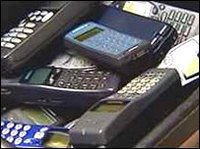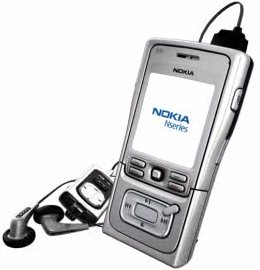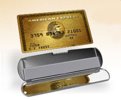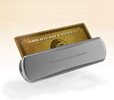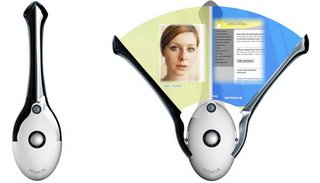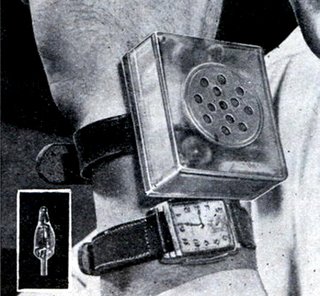The History of @ SignA blue sky. The nature of love. A child's smile. The "@" symbol.
Some things are so common place that you scarcely notice them. But that doesn't make them any less fascinating. Take the humble "@" symbol, for instance.
It's something we use dozens—perhaps hundreds—of times a day. This little "a" with the curved tail is inextricably linked to the instantaneous communication that we, as a society, are dependent upon.
But where is @ from, exactly?
Let's go back to the 6th or 7th century. Latin scribes, rubbing their wrists with history's first twinges of carpal tunnel syndrome, tried to save a little effort by shortening the Latin word ad (at, to, or toward) by stretching the upstroke of "d" and curving it over the "a".
Italian researchers unearthed 14th-century documents, where the @ sign represented a measure of quantity. The symbol also appeared in a 15th-century Latin-Spanish dictionary, defined as a gauge of weight, and soon after—according to ancient letters—was referenced as an amphora, a standard-sized clay vessel used to carry wine and grain.
Over the next few hundred years our plucky @ sign was used in trade to mean "at the price of" before resting on the first Underwood typewriter keyboard in 1885, then later rubbing symbolic shoulders with QWERTY on modern keyboards in the 1940s.
Then, one day in late 1971, computer engineer Ray Tomlinson grappled with how to properly address what would be history's very first e-mail. After 30 seconds of intense thought, he decided to separate the name of his intended recipient and their location by using the "@" symbol. He needed something that wouldn't appear in anyone's name, and settled on the ubiquitous symbol, with the added bonus of the character representing the word "at," as in, hey_you@wherever_you_happen_to_work.com.
And while in the English language, we know it as the "at symbol," it goes by many other unusual pseudonyms throughout the world.
- In South Africa, it means "monkey's tail"
- In Bosnia, Croatia, and Serbia it's the "Crazy"
- In the Czech Republic, it's "pickled herring"
- The Danish refer to it as "alpha-sign," "elephant's trunk," or "pig's tail."
- The French often refer to it as "little snail."
- In Greece, it's "little duck."
- In Hungary, it's called "maggot"
- In Mandarin Chinese, it's the "mouse sign."
- Russians often refer to it as "little dog."
- There's no official word for it in Thailand, but "wiggling worm-like character."
- The Turks lovingly describe it as "ear."
But an "@" by any other name is just as sweet. Online, it's at the heart of every user's identity. It represents the breathless urgency of our connected culture: clear, concise, typographical shorthand for lobbing our thoughts, needs, and ideas to nearly anyone else in the world. Instantly.
Its ubiquity and urgency has transcended the Latin alphabet of its origins to worm its way into other language groups, including Arabic and Japanese.
And that, web wanderers, is where it's @.
 ESG Personal Flying Wings
ESG Personal Flying Wings



